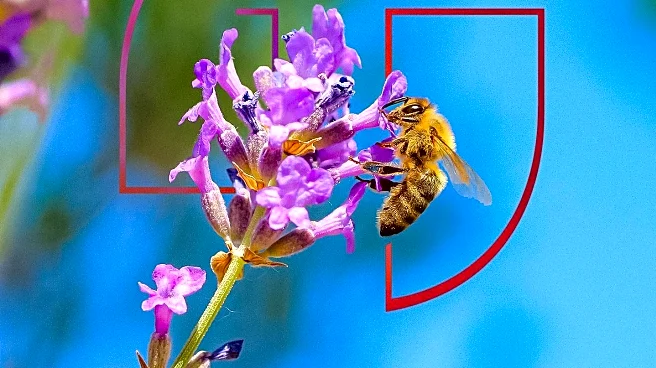What is the story about?
What's Happening?
Chronic spontaneous urticaria (CSU), a condition characterized by hives with no identifiable cause lasting six weeks or longer, affects a significant portion of the U.S. population. Despite its prevalence, CSU often lacks a clear trigger, making diagnosis challenging. Dermatologists and allergists are key in diagnosing and managing CSU, often relying on pattern recognition rather than allergy testing, which is typically unhelpful. Treatment begins with high-dose antihistamines, including H1 and H2 receptor blockers, and may progress to biologics like omalizumab and dupilumab for cases resistant to antihistamines. These newer treatments have significantly improved the quality of life for patients, offering relief from persistent symptoms.
Why It's Important?
The rise in CSU cases highlights the need for effective management strategies, as the condition can significantly impact daily life. While not life-threatening, CSU can be debilitating, affecting sleep, work, and social activities. The introduction of biologics has been transformative, providing targeted relief and reducing reliance on steroids and immunosuppressants, which have notable side effects. This advancement in treatment options represents a significant step forward in dermatological and immunological care, offering hope to hundreds of thousands of affected individuals.
What's Next?
Continued research into CSU may uncover more about its autoimmune nature, potentially leading to even more effective treatments. As biologics become more accessible, insurance coverage and cost remain critical factors for patients seeking relief. Medical professionals are likely to focus on improving diagnostic processes and patient education to ensure timely and effective treatment. The development of new therapies in the pipeline promises further advancements in managing CSU.
Beyond the Headlines
The ethical considerations surrounding the cost and accessibility of biologics are significant, as these treatments can be expensive and require insurance authorization. The cultural impact of CSU, often misunderstood as a simple allergy, underscores the importance of awareness and education. Long-term, the shift towards biologics may influence broader treatment paradigms in dermatology and immunology, emphasizing targeted therapies over traditional methods.
AI Generated Content
Do you find this article useful?













